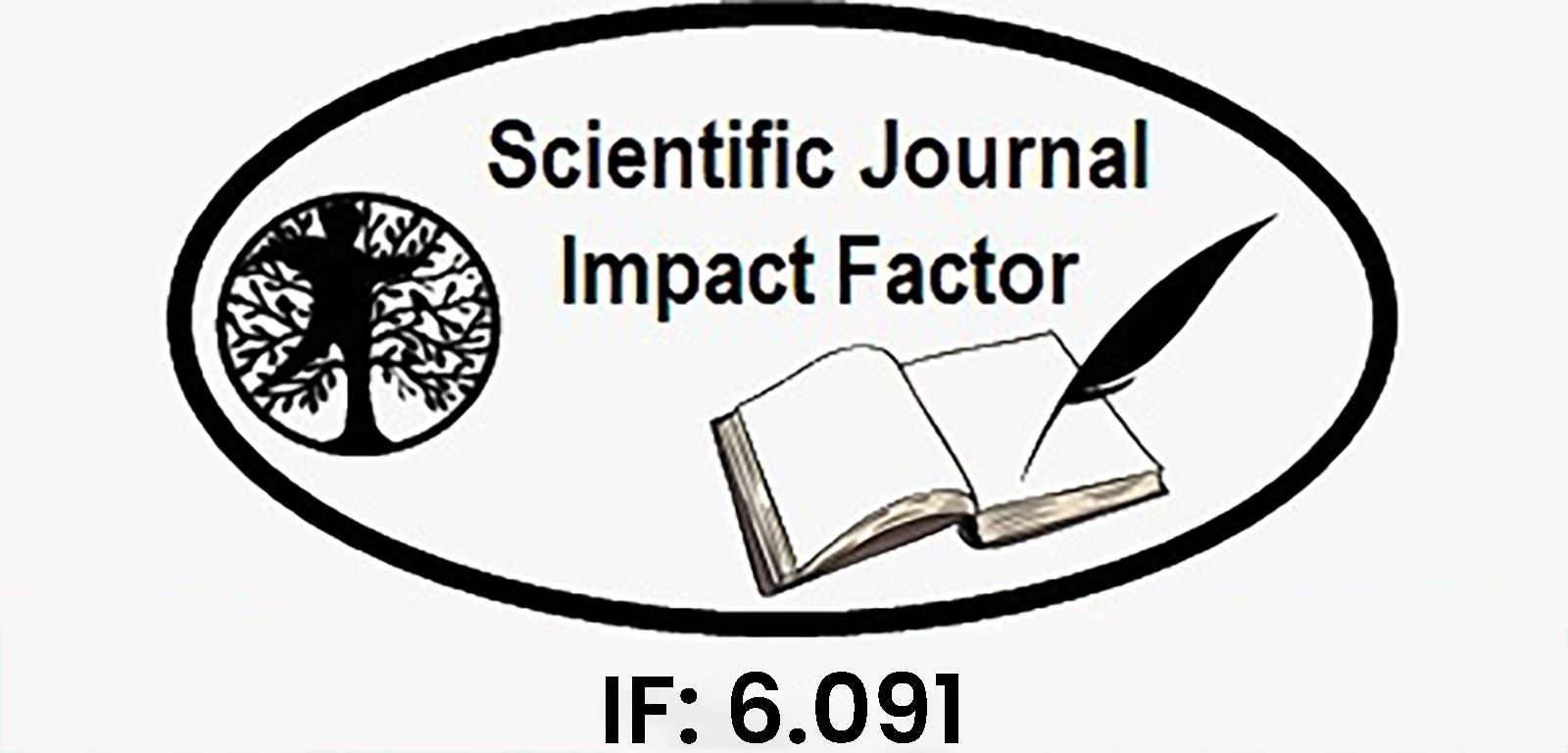EFFICIENT MACHINE LEARNING TECHNIQUES FOR PREDICTION OF LIVER DISEASE
Keywords:
Adaptive Neuro-Fuzzy Inference System (ANFIS), Decision Tree (DT), K-Nearest Neighbour (KNN).Abstract
The most vital organ in humans, the liver performs a variety of functions including generating bile,
eliminating bile and bilirubin, metabolising proteins and carbohydrates, activating enzymes, storing glycogen, vitamins,
and minerals, synthesising plasma proteins, and producing clotting factors. The liver is easily impacted by the use of
alcohol, prescription drugs, certain dietary items, and a lot of other activities. As of right now, liver function blood test
and scan data are analysed to identify disorders connected to the liver. It is more costly and requires more time. One
way to speed up the diagnosis of liver illness is to use various data mining techniques to make the procedure easier. The
forecast will be more accurate with more data utilised. Cloud storage is utilised to get around the local storage shortage
that many healthcare facilities have. Cloud storage might be a suitable option because health care facilities create large
amounts of records. This article describes many data mining methods, such as Adaptive Neuro-Fuzzy Inference System
(ANFIS), Decision Tree (DT), and K-Nearest Neighbour (KNN), that are utilised to generate a decision support model
that might assist a doctor in making predictions about liver illness based on the dataset with the accuracy of 99.794%..
Each algorithm's performance is assessed in terms of its sensitivity, specificity, accuracy, and precision. An overview
of these algorithms' efficiency is provided.
Downloads
Downloads
Published
Issue
Section
License

This work is licensed under a Creative Commons Attribution-NonCommercial-NoDerivatives 4.0 International License.















